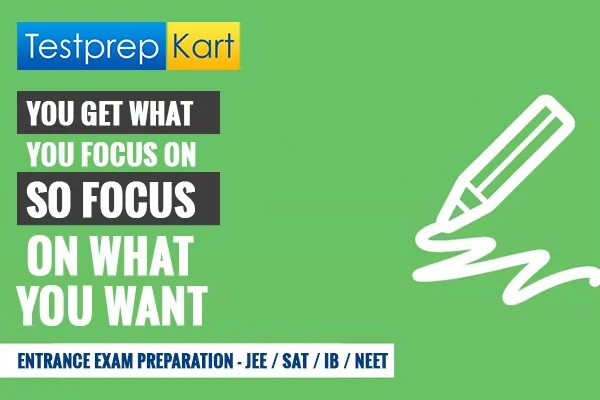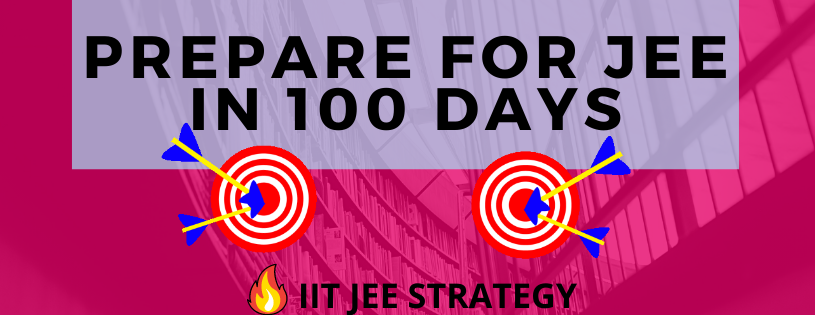Lesson 2:
Paraphrasing and Visualizing – The English patient
Simplifying by Consolidating and paraphrasing
When you read, your brain doesn’t simply record the information for playback the way a CD records music. When you recall information that you have read, you don’t recall all of the words in perfect order. Rather, your brain consolidates the information; that is, it processes the information into a simpler form so that you can more easily recall and analyze it. Paraphrasing is a way of expressing the consolidated information in a few tidy words.
- To ace Critical Reading questions, focus on paraphrasing each paragraph quickly as you read. This means visualizing and simplifying as you go. Don’t make the mistake of thinking that this wastes time-the opposite is true: those who don’t consolidate their understanding of a passage spend much more tine answering Critical Reading question, because they don’t know how to “home in” on the right answers.
Visualizing
We first learn to read wit picture books. As we move away from picture books, however, our minds still need pictures to consolidate information. So these pictures must become mental ones, and we must improve our skill of visualization. Often, however, we have trouble reading because we don’t focus enough on “painting mental pictures” as we read.
Visualizing as you read enormously increases your interest level as well as your ability to retain and analyze what you read. Like any skill, you must consciously practices to get good at it. If you have trouble staying interested in or remembering what you read, focus on “creating a vivid movie” in your mind as you read.
- Visualization is essential to god comprehension of all prose: arguments and analyses as well as narratives.
- When reading a narrative: imagine it unfolding like a movie in front of your eyes. Try to visualize the characters in as much detail as possible as if you were painting a vivid picture in your mind. See the action clearly. In particular, “see” the conflict, like a “battle” between characters, or within a character, and a situation, etc. in particular, see its development and its resolution.
- When reading an argument: imagine it as a battle, with the author’s thesis on one side and the “opposing thesis” on the other. The explanations and examples are like “weapons” against the enemy. See the battle in your mind’s eye. To understand an argument, you must see both sides of the battle.
- When reading an analysis, it like a schematic diagram unfolding before your eyes, with the central question in the middle of the diagram and the supporting points, explanations, or examples around it. This takes the most practice, because analytical prose is not as naturally “visual” as narrative prose is. You need to work harder to “see” an analysis in your mind’s eye, but it will become easy with practice.
Reviewing After Each Paragraph
As you visualize, you may think of the start of each new paragraph as a “scene charge” in your movie, and a jump to a new place in “prose space.” Good readers use paragraphs to help them to check their understanding of the passage.
- Every paragraph must contribute a new idea to the passage. To read well, you must find that new idea in each paragraph. Use the end of each paragraph as a “checkpoint” for answering these three question:
- What was the main idea of that paragraph?
- How is this idea related to the previous paragraph? (What’s the transition?)
- How does this paragraph contribute to the main idea of the passage?
It may help to write a quick paragraph summary in the margins. Most students will have time to do this without rushing, but you should experiment under timed conditions to see if you can. This will help you to consolidate the information so that you can breeze through the questions!
Hello, I am Ishana, greetings from Testprepkart. Let me tell you the story of The English Patient.
The story begins with a captivating scene of an airplane flying over the vast expanse of the Sahara Desert. Unfortunately, disaster strikes, and the plane crashes, leaving a severely burned man known as the English Patient on the brink of death, with no recollection of his past. The narrative then shifts to an Italian villa, which has been transformed into a makeshift hospital. Hana, a compassionate nurse from Canada, takes it upon herself to care for the English Patient, despite the constant danger posed by the ongoing war.
While tending to the English Patient, Hana reflects on her own past and the devastating loss of her father, who perished in the war. In the patient's presence, she finds solace and a deep connection, fuelling her determination to uncover his true identity. At the villa, Hana receives unexpected company in the form of Caravaggio, a former thief turned intelligence officer. Caravaggio recognizes the English Patient and suspects that he may be someone from his own past in North Africa.
Through a series of fragmented and non-linear flashbacks, the enigmatic identity of the English Patient gradually emerges. He is revealed to be Laszlo de Almasy, a Hungarian count and explorer who was involved in a desert expedition in North Africa before the war. Almasy becomes entangled in a passionate and illicit affair with Katharine Clifton, the captivating and mysterious wife of his colleague Geoffrey.
As Almasy and Katharine spend more time together amidst the vast and desolate desert landscape, their love affair intensifies. They find solace and ardour in each other's arms, exploring the majestic terrain. However, their relationship is discovered by Geoffrey, resulting in a tragic chain of events. Almasy and Katharine decide to flee together, but their plane is shot down over the unforgiving desert.
While Almasy survives the crash, he is left horribly disfigured and burnt. Alone and disoriented, he is discovered and rescued by Bedouin tribesmen who take him to a cave for shelter. In the present timeline, Hana continues to care for the English Patient, while Caravaggio becomes increasingly convinced of his true identity as Laszlo de Almasy. Caravaggio suspects that Almasy is connected to a dreadful incident involving his own family.
As Hana and the English Patient forge a profound bond, they find solace in each other's presence amidst the turmoil of war. Hana also develops a meaningful connection with Kip, a Sikh sapper who is part of a bomb disposal unit. Their relationship blossoms amidst the destruction and uncertainty that surround them.
As Almasy's memories gradually resurface, he recalls the location of the cave where he and Katharine sought refuge. Intrigued by the mystery of the English Patient's identity, Caravaggio, Hana, and Kip embark on a journey to find the cave and uncover the truth.
Their expedition takes them deep into the heart of the desert, where Almasy's memories become vivid and evocative. He reminisces about his passionate love affair with Katharine, their intimate moments, and the devastating consequences of their actions. Through intense and emotional flashbacks, the complex nature of their relationship unfolds, revealing their profound love and the tragic aftermath of their choices.
Finally, the group reaches the cave, and the English Patient recounts his final moments with Katharine. He remembers their decision to die together, embracing each other in a final act of love. However, tragedy strikes when Kip discovers that the cave is rigged with explosives, remnants of the war. In a heart-wrenching moment, Kip sacrifices himself to save the others, losing his life in the ensuing explosion.
Back at the villa, Hana is devastated by the loss of Kip. Seeking solace, she finds comfort in reading excerpts from Katharine's diary, delving into the depths of Katharine's love for Almasy. Overwhelmed by grief and the weight of the war, Hana decides to leave the villa and embark on a new path in life.
In the end, the English Patient, now alone, takes one last flight in a biplane over the vast desert landscape. As the plane soars through the sky, he finds release from the burdens of his past, embracing his ultimate freedom.
This article was developed by Saimaira from University of Texas at Arlington.
Explore More: Mastering the Digital SAT Math Section: A Comprehensive Guide
Explore More: Mastering SAT English Skills - A Guide to Answering Skill-Based Questions
Explore More: Effective Guide For SAT Reading Techniques














 PSAT (Preliminary SAT...)
PSAT (Preliminary SAT...)







